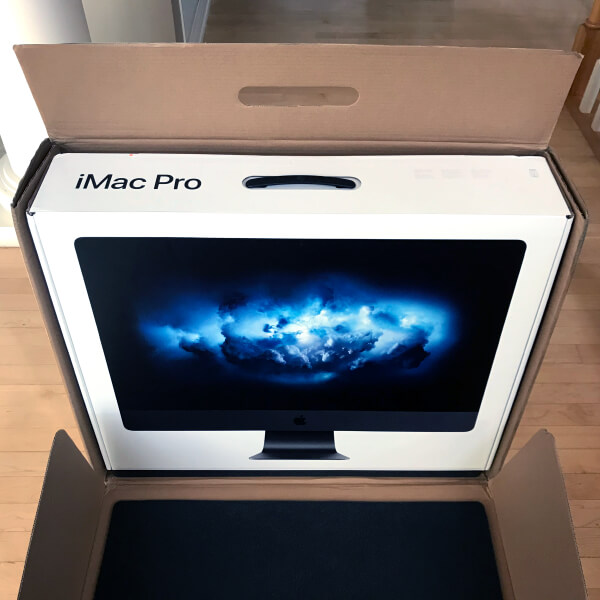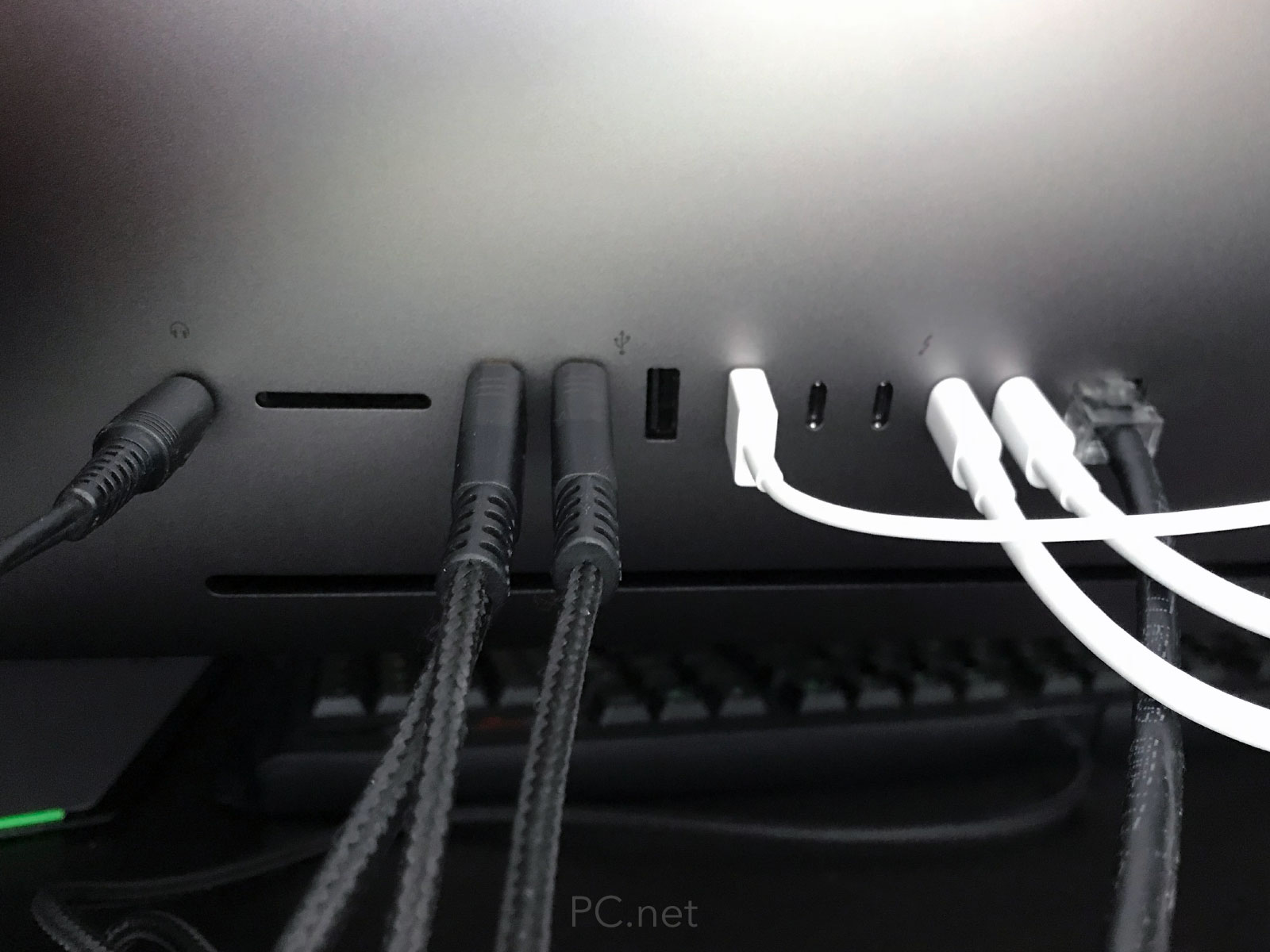iMac Pro Review (After 3 Months of Use)
June 21, 2018 — by Per Christensson
 I bought an iMac Pro at the beginning of March and it has been my primary workstation the past three months. So was it worth the premium price? Let's find out.
I bought an iMac Pro at the beginning of March and it has been my primary workstation the past three months. So was it worth the premium price? Let's find out.
First, let's start with the specs:
Processor: 3.0 GHz 10-core Intel Xeon W processor with Turbo Boost up to 4.5GHz
Memory: 64 GB 2666 MHz DDR4 ECC memory
Storage: 2TB SSD
Graphics: Radeon Pro Vega 64 with 16GB of HBM2 memory
Cost: $8,000 before taxes and AppleCare.
For a typical user, $8,000 is an absurd cost for a desktop computer. For a media professional, it is not ridiculous, though it is still on the high-end when it comes to price. But I'm more concerned about the value than the absolute price. The value is determined by the performance and the time it saves me.
System Performance
The space gray iMac Pro replaced my three-year-old 5K iMac. Right off the bat, I noticed... no significant difference. Finder operations, such as opening windows, scrolling through file lists, and moving files were the same speed. (Note: I am running macOS 10.13 High Sierra with APFS on both systems.) Opening applications was slightly faster, but programs like Photoshop and Dreamweaver still took several seconds to open. With a faster processor, bus, memory, and SSD, I expected more time savings here. But the difference was minimal.
Multimedia Performance
The iMac Pro did not impress with everyday tasks. But what about multimedia operations — the kind of things for which this computer is designed? One of the first apps I tested was Apple Photos. I had recently imported a few thousand photos from my trip to Antarctica to my iMac, which I transferred to my iMac Pro during the initial migration. Most of these images were Canon raw images that were 20 to 30 megabytes in size. On my old iMac, I could hold the right arrow key and the computer would display 2 to 3 images per second. Soon, the fan would kick up to full speed and the rate would slow to about one image per second, eventually stopping. On my iMac Pro, I could hold the right arrow key Photos would cruise through about 10 images per second without slowing down. I did this for about a minute, expecting to overload the CPU, but the iMac Pro just kept going like it wasn't even trying. And these were roughly 25 MB, 18 megapixel raw images. I was impressed.

My old iMac struggled to play 4K video at 60 fps, especially when the files were encoded with the new HEVC codec. It could play movies relatively smoothly for a few seconds, but then it would drop frames. Soon the Ultra HD video would get so choppy, it was barely running at one frame per second. The iMac Pro, which has built-in hardware support for HEVC, played 4K full-screen video seamlessly in 60 fps. This was impressive, but it was also what I expected.
Finally, I played StarCraft II with maxed out graphics settings in the highest resolution (5,120 x 2,880). Even the mighty Radeon Pro Vega 64 couldn't keep up with these settings. It was so choppy, the game was unplayable (and I made the mistake of playing a ranked ladder match, which I promptly lost). When I reduced the resolution to standard HD (1920 x 1080), the Radeon Pro Vega 64 had no problem keeping up, even when there was lots action on the screen. To be fair, I don't think even the NVIDIA Titan can produce smooth frame rates for modern games in 4K. It requires four times the rendering per second, which is a huge jump from HD.
Important: Over the past few months, the fan has seldom been audible on the iMac Pro. It is only noticeable when I play 4K video for several minutes or when I load a game in StarCraft II. Thankfully, it does not constantly whir at a high speed during StarCraft II gameplay like my old iMac did.
Design
The iMac Pro has an incredibly innovative design that is roughly the same as every iMac released in the past ten years (note the sarcasm). It's not a horrible design, but it is pretty poor. I was disappointed Apple didn't come up with a better design for the iMac Pro. They could have done much better than simply changing the color of the frame to space gray. I continue to find it annoying to plug in peripherals behind the screen. The Thunderbolt 3 ports are nice, but I use two of them for my Apple Thunderbolt displays, which each require a $50 adapter ($100 total) and downgrade the throughput to Thunderbolt 1.

I don't understand why Apple does not finally do away with the old iMac design. IMO, there is no reason to put the entire computer behind the display. It would be much more elegant to put the primary components in a small box and have a super-thin display floating above it. Plus it would make it much easier to plug in and remove devices, which professionals like myself do on a regular basis. The SD card slot on the back of the iMac is one of the most challenging interfaces to use in the modern era.
Summary
So is the iMac Pro a good value? If you are a video producer and you need the fastest computer you can get, the crazy amount of cores in the iMac Pro might be worth it. For everyone else, there is no need to make the jump to the iMac Pro. A maxed out iMac with similar specs is $5,300 and I doubt most people would notice any difference in performance between the two. So unless you are encoding video or rendering high-res 3D graphics on a daily basis, the regular iMac is a better value.
 Home
Home November 10th
November 10th